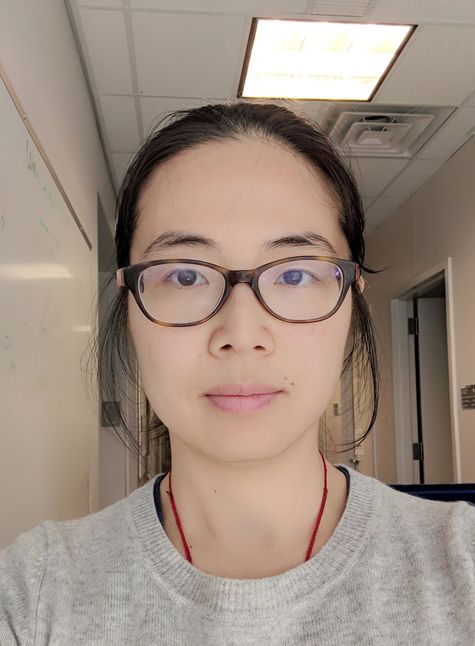Early Career Scientist Spotlight
Dr. Yingxi Rona Shi
Atmospheric Scientist
Climate and Radiation Laboratory
What inspired you to pursue a career in atmospheric science?
My hometown is a famous tourism destination in China. It offers beautiful scenery year-round. However, climate change has slowly altered the city’s environment. The summers have become overwhelmingly hot and dry, with an increasing occurrence of typhoons that have destroyed historical buildings and trees. Snow would create absolutely stunning views on the scenic West Lake. But, by the time I went to college, it became increasingly rare. I was really curious what had caused this change and wanted to know whether or not it will become worse.
Tell us about your research questions and the methods you use to investigate them.
What is the global aerosol distribution? How are aerosols impacting our environment and society? Aerosols are particles suspended in the atmosphere. Their properties vary drastically depending on their origins, such as sea salt, dust, smoke, and pollution. I use satellite data, along with ground observations, to obtain aerosol optical and physical properties to investigate their impacts on other Earth systems, such as ocean biology, and climate.
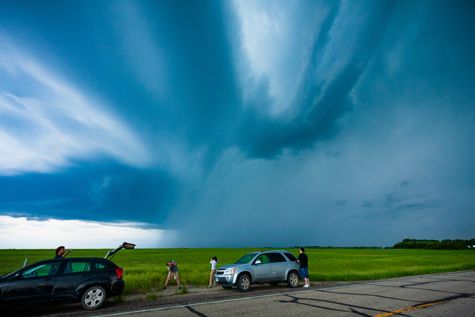
Credit: Zhe Feng
What is one research project that you are particularly excited about, and why?
I am extremely interested in extreme events, such as large fires that emit huge amounts of smoke, severe pollution from cities, or dust storms that influence vast areas even across continents. These events are very rare, yet they have huge impacts on human society. Many scientists are working on understanding and predicting these events, a majority of which use satellite aerosol products in their studies. My team provides satellite aerosol products to the entire community. Thus, it is critical that we have the ability to capture and accurately report aerosol information on these extreme events.
How did you end up working at NASA Goddard?
I worked as a summer intern at NASA Goddard on the Deep Blue aerosol team two years in a row while I was a graduate student. I learnt a lot here, met many scientists, and made friends. I strengthened this network during conferences, such as AGU, and my work was recognized. When I graduated, the Dark Target aerosol team at Goddard happened to have an opening. Thus, this became my first job.

Credit: Yingxi Rona Shi
What is one of your favorite moments in your career so far?
It is hard to say whether there is one moment that is my favorite. There is a sense of fulfillment the moment you discover a solution that solves a mystery. It could happen after weeks or months of hard digging through data, while you’re brain storming with your colleagues, or even just a thought that strikes you that turns out to be right! The satisfaction of discovering and solving problems outweighs any award or compliment.
What motivates you?
I’m motivated by the fact that I haven’t solved all of the puzzles of aerosols and their role in Earth’s systems. I look forward to conquering new problems and learning more about this planet.

Credit: Adam Chamber
What early career advice do you have for those looking to do what you do?
Do an internship that is related to your field of interest, maintain your network, and don’t be shy to ask for opportunities (be very persistent!).
What is one space mission that you are particularly excited about, and why?
The GOES-16,17 satellites are very exciting as they provide data of both North and South America every 10 minutes with a spatial resolution on par with low earth orbit (LEO) satellites. Compared to the once per day global coverage from LEO satellite, the GOES-16,17 satellites produce much more data to work with to understand aerosol evolution and diurnal cycle.
What do you like to do in your free time?
I like outdoor activities (hiking, camping, skiing, diving, kayaking, wakeboarding) and photography. I read and play boardgames when I stay home.
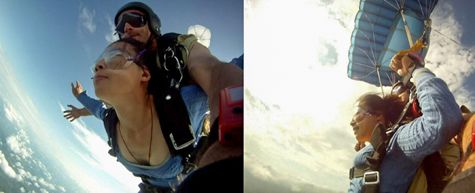
Credit: Tandem Skydive
What are some fun facts about you?
I love adventures and photography. I like to travel, explore, and record those beautiful memories. Before I accepted my job at GSFC, I actually seriously considered becoming a free-lance photographer and opening my own studio in Seattle. I am glad that I didn’t. Because a hobby is always more enjoyable when it is not your livelihood! When I cannot travel, I read novels and let the words take me on new adventures. I am a very fast reader as I can read 1874 Chinese characters per minute, which means it will only take me a few hours to read most novels.
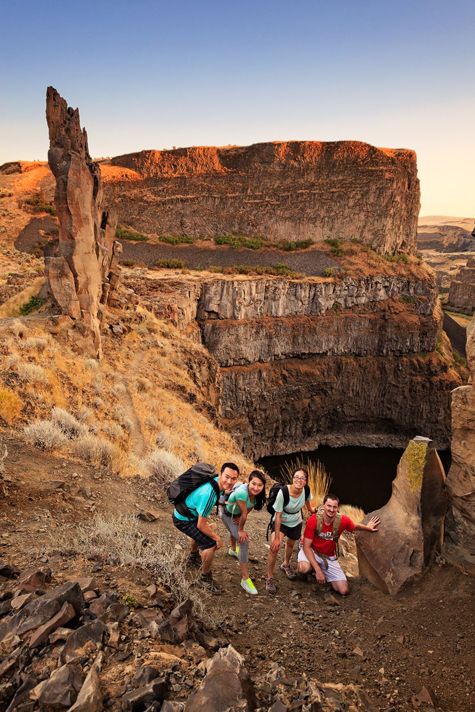
Credit: Zhe Feng
What do you enjoy the most about your job?
I like the sense of achievement this job provides. The working environment is great. You can find experts in any science/engineering field at Goddard. It is always inspiring talking to someone at work. My team is like a family and we care about each other not only at work but also in our everyday lives.
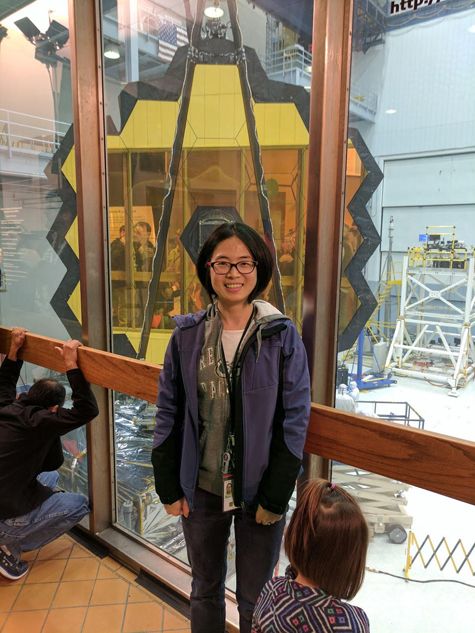
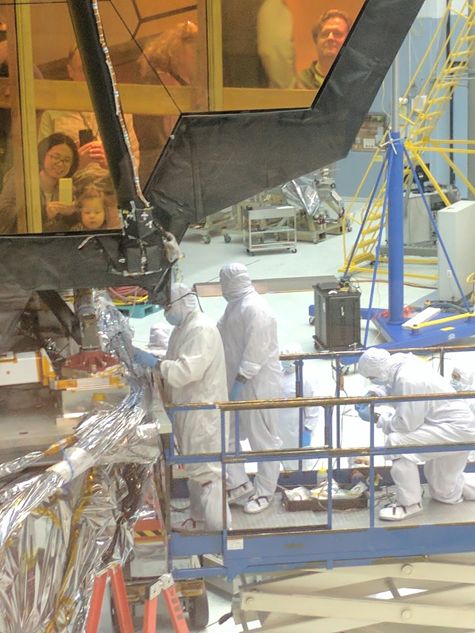
Credit: Yingxi Rona Shi
What are your future research interests and goals?
With the increasing capabilities of satellites, we will continue to gain a better understanding of aerosols in terms of their temporal variations and their properties besides just total loading. My future research will be focusing on developing aerosol products that can resolve new aspects of aerosols using new/upcoming sensors.
Biography
Home Town:
Hangzhou, China
Undergraduate Degree:
Bachelor of Science, Sun Yat-Sen University, Guangzhou, China
Post-graduate Degrees:
PhD, University of North Dakota, Grand Forks, USA
